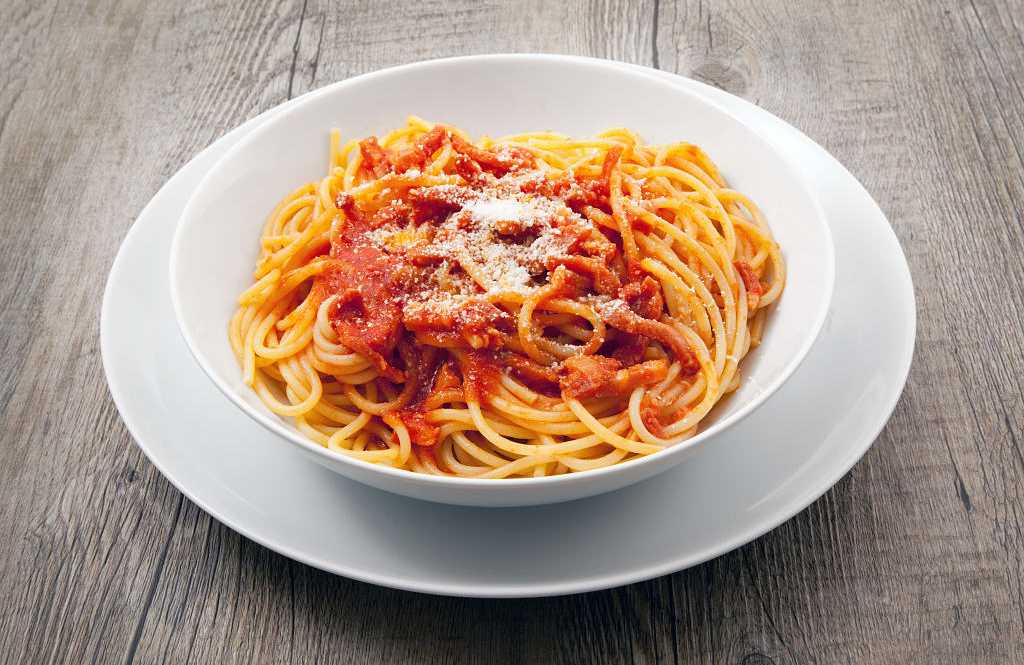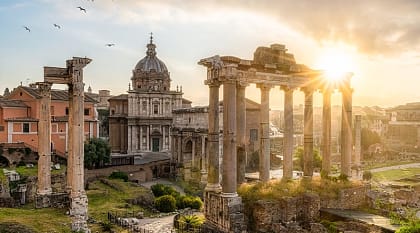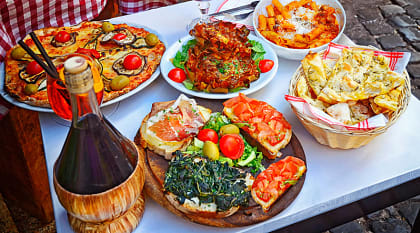Cacio e pepe is a traditional Lazio dish of long pasta like spaghetti or bucatini in a cheese sauce with pepper. The pasta is typically cooked al dente, and the sauce is made from pecorino cheese with butter or cream added for body and richness. The dish's heritage allegedly dates back to the Roman empire as a filling meal for Roman shepherds who utilized common grains of the era. True traditional cacio e pepe does not need any extra cream, oil, or butter because the starch from the pasta that is mixed with grated pecorino provides enough body for a typical sauce.
1. Cacio e Pepe












